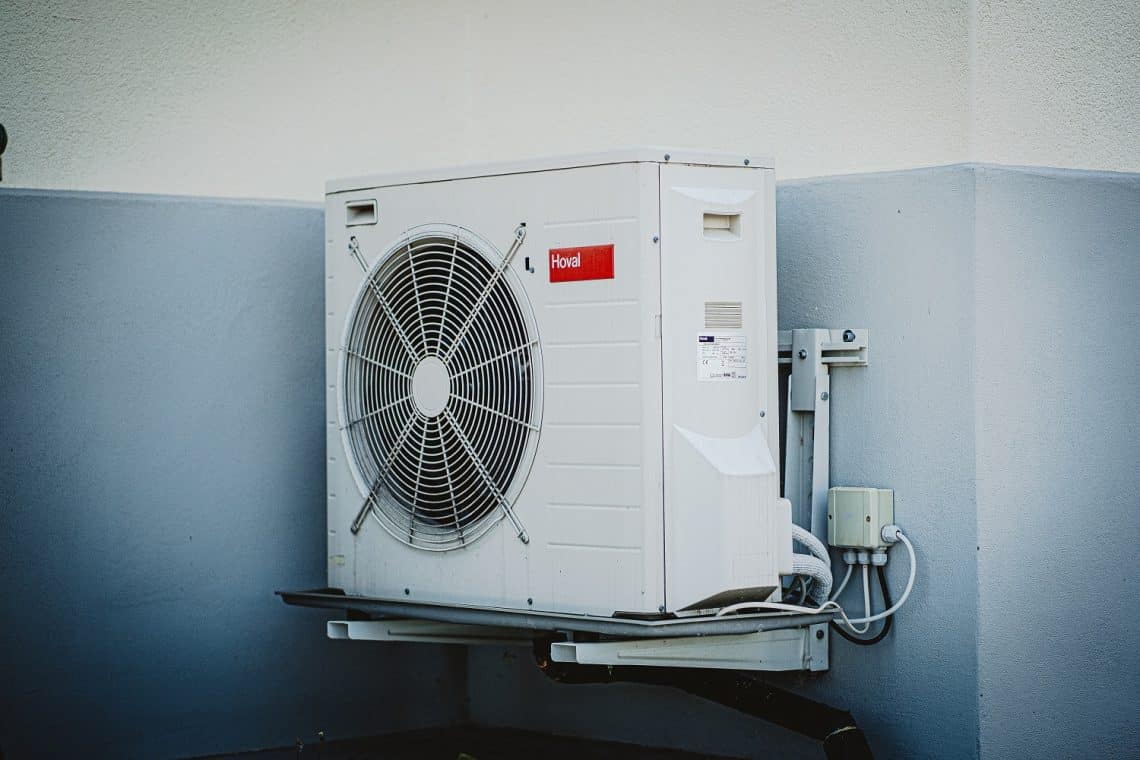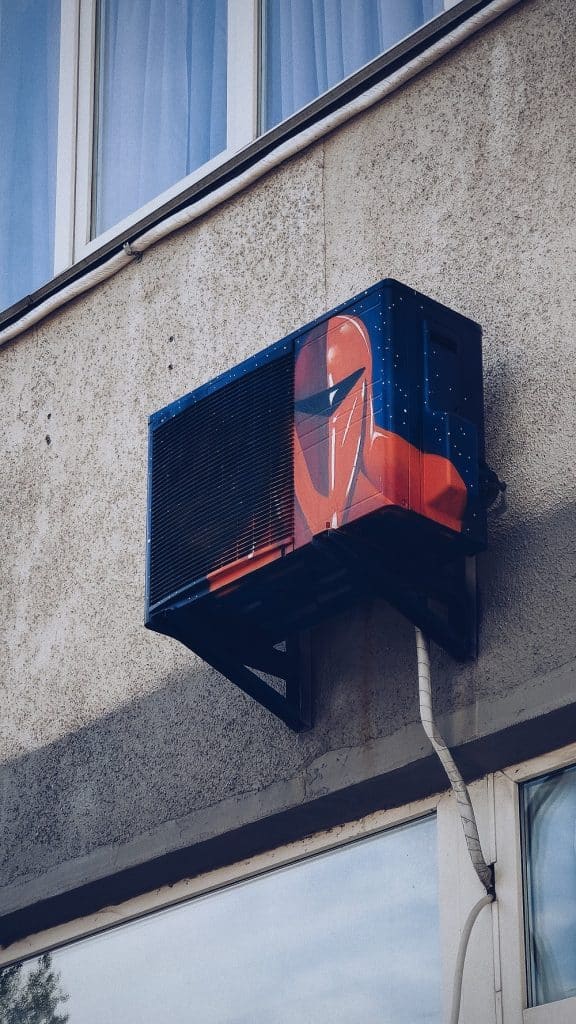Relying on air conditioners around the clock throughout the warm months?
There are better ways to stay cool, and they don’t involve turning down the thermostat! Iced teas and sparkling summer cocktails aside, a dip in the lake or jetting off to Alaska come to mind.
However, with traveling out of the picture, most of us are undeniably dependent on the air conditioner to cool us at home. Even still, staying cool, staying indoors, and staying safe does not have to necessarily rack up a bill.
And so, it all comes down to how efficiently you use the air conditioner. Here’s the good news: you don’t need to break a sweat to research and find ways to efficiently air condition your home this summer.
Find all the information to know, condensed in 7 simple points – right here!
Ways To Reduce Your Air Conditioning Costs
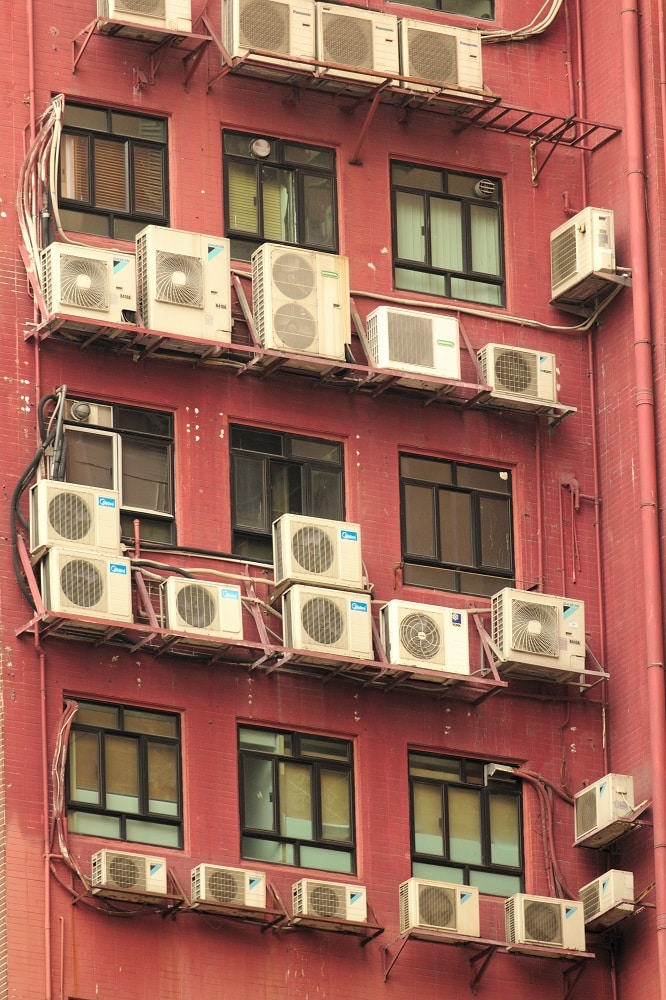
-
Small Summer Habits
Summer bake sales have always been a great way to keep the kids involved through the long summer holidays. However, baking with an oven during the day warms up the entire house, which leads to the air conditioner working harder, thus driving up utility bills.
Needless to say, activities such as baking should be relegated to evenings and nights, when the outside temperature is much cooler. This can also apply to other appliances such as dryers and dishwashers. In fact, most electronics in the house like televisions, computers, and printers emit more heat than we realize.
And so, it helps to develop the habit of turning off electronics and lights when not in use. Apart from these culprits, other seemingly innocent activities such as taking a steamy shower also invite humidity and heat.
In addition, opting for energy-efficient light bulbs instead of incandescent lamps is a good place to start.
-
Thermostat Placement
Speaking of heat-emitting appliances, you don’t want the heat radiated by a television set or a lamp to confuse the sensors on the thermostat. With that being said, thermostats should be placed in an area that will allow them to make more accurate readings of the average indoor temperature.
If not, the thermostat assumes the temperature to be hotter than it actually is, and thus works for longer than required. Similarly, an open window, an open bathroom door after a hot shower, or a hot wall that receives a lot of sunlight during the day are not ideal to have around thermostats.
As an added tip, place your thermostat in an area that is frequented by the household – just to nudge it in the right direction.
-
Using Fans
Supplementing your air conditioner with a ceiling fan is a great way to ventilate the room. This allows you to turn up the temperature on the air conditioner by as much as 4 degrees – with minimal discomfort. What’s more, the cool air in the room gets evenly distributed, and so, the air conditioner’s job is eased.
Not to mention how most window units come with a separate fan mode that circulates the air in the room without cooling. While fans by themselves don’t cool a room, activating an AC’s internal fans in a sufficiently cool room can still be refreshing.
And, the best part – the power consumption while on the fan mode is as less as 1/10th of when the compressor carries out the cooling! Just don’t forget to switch off fans when not in use – they won’t be doing any cooling while you’re gone. In fact, they will just be building up on the electricity bill.
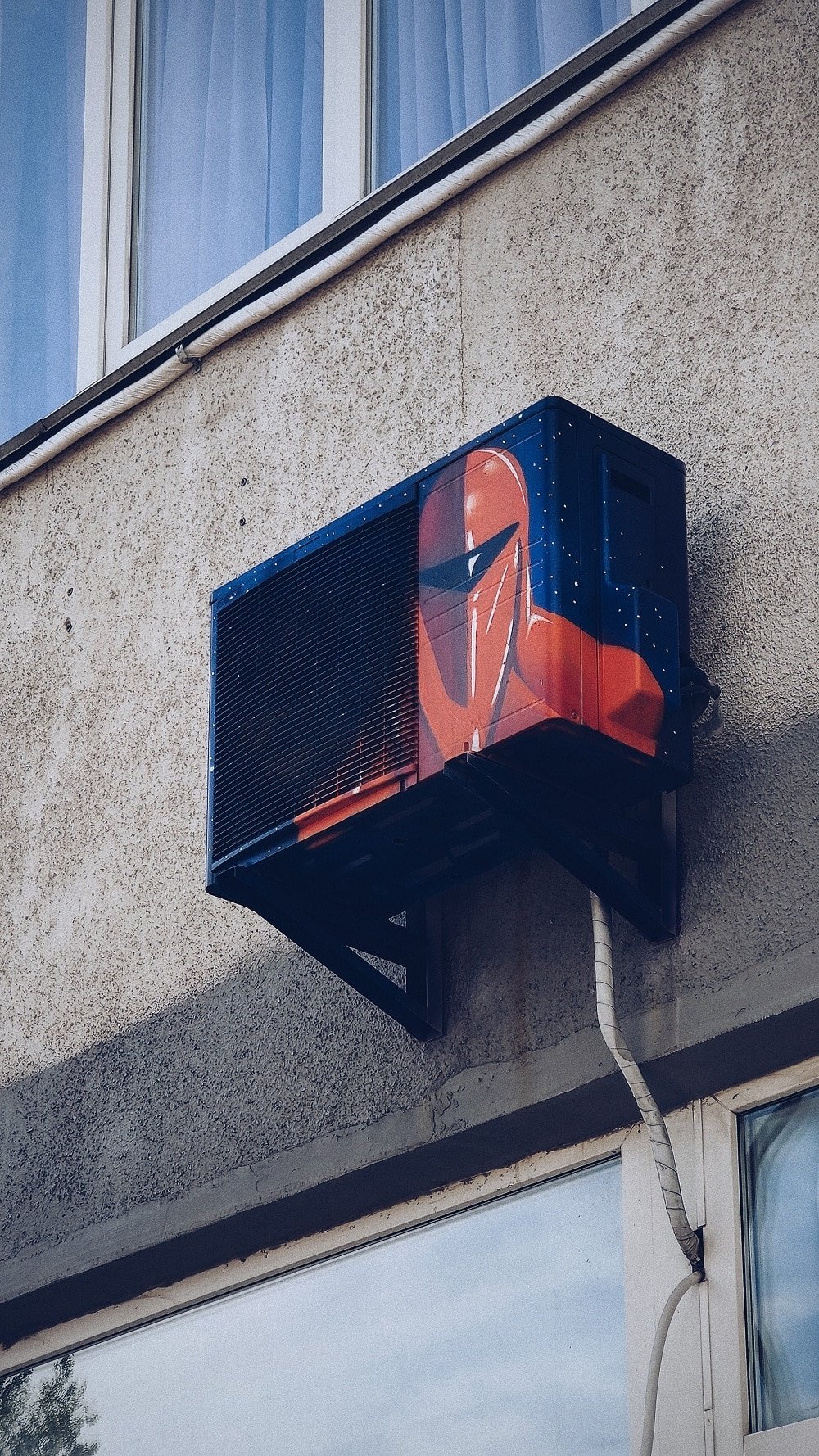
-
Insulation
Perhaps the first known hack to keep away the sun’s heat was to hide under the shade of a tree. Needless to say, keeping the house shaded and blocking the sunlight also lends a helping hand to your air conditioning unit by making the house cooler.
Of course, you may go the traditional way by growing a line of defense consisting of large trees placed strategically to provide shade to your house. But, perhaps, the easiest and most straightforward ways to achieve shade are by opening up awnings and closing the blinds or curtains. Additionally, some people prefer to have tinted windows to block out the sun’s rays.
With that being said, keeping doors and windows closed is a necessary step to prevent hot air from entering the house and cold air from escaping. Not limited to the most obvious openings, you should also seal sneaky little cracks and leaks in the old attic and window frames.
You can easily do this without the help of a professional by running your hand around doors and windows. If any air passes through, it’s probably a sign that it is time to seal the gaps with caulk. As an added tip, wet your hands as you look for open gaps – passing air will feel more obvious this way.
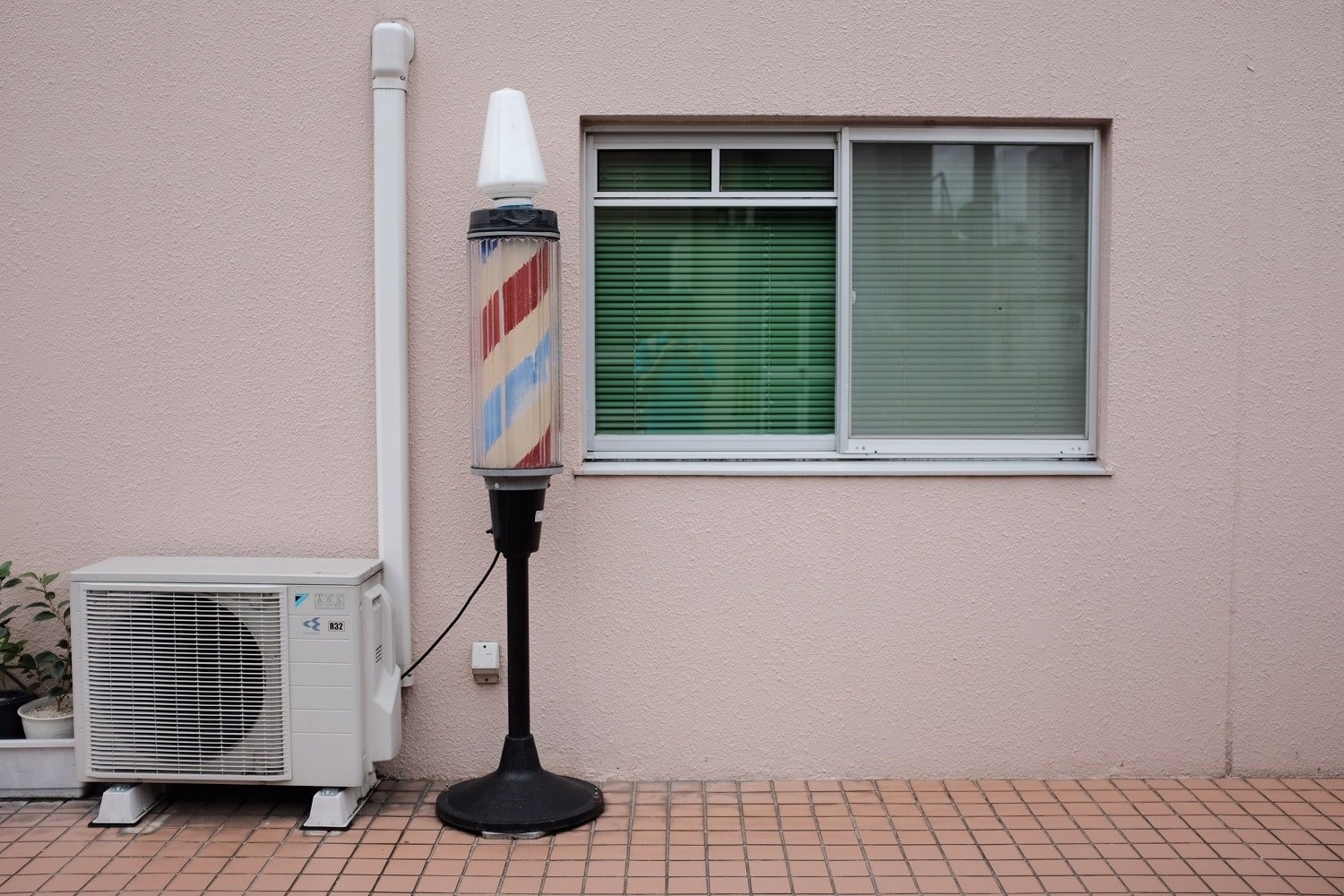
-
Setting The Temperature
Leaving the air conditioner on the whole day sounds bad on paper – and it doesn’t get better when the bills come rolling in at the end of the month.
No doubt then that you have to find some time during the day – or night – to give the air conditioner a break. In fact, our bodies are designed to not feel as warm while asleep because we don’t expend as much energy.
With that in mind, some will be more comfortable with turning up the thermostat by a few degrees just before going to bed. This doubles down on energy-saving because the drop in outside temperatures during the nighttime means that the air conditioner won’t be working as hard to cool the house.
On the other hand, switching off the air conditioning completely is an option if there is a nice evening breeze outside. Additionally, you can open doors and windows that are on opposite walls to encourage cross-ventilation.
Yet another easier solution is to turn off the air conditioning when you are not home. Or simply increase the temperature before heading out.
-
Built-in Timers
It can get bothersome tweaking with the thermostat throughout the day. Anyhow, how many among us can successfully remember to set the temperature every day before work, or before going to bed? And yet, a great energy-saving strategy revolves around careful planning and keeping the AC at the right temperatures.
With that being said, it is a good idea to invest in a thermostat that not only allows you to set the temperature, but also the hours for each cooling period. For instance, you can program the thermostat to set the temperature at a higher degree for when you are at work. At the same time, it can be set to return to the default cooling temperature by the time you are back.
As a rule of thumb, maintaining a default temperature of 78 degrees Fahrenheit is recommended for optimum energy-saving – without compromising on comfort.
-
Maintenance
It is a lesser-known fact that you can cut down 5 to 15% of any air conditioner’s energy consumption with regular servicing and cleaning.
While a yearly check-up with an air conditioning specialist is highly recommended, cleaning out the filters can be done easily without professional help.
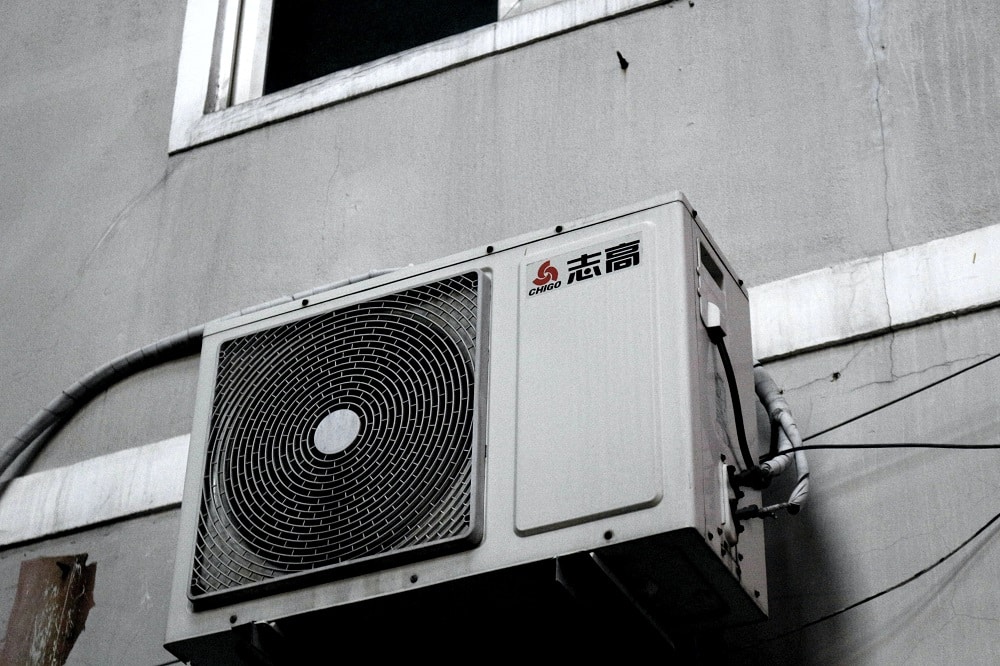
Final Words
Reducing air conditioning costs requires lifestyle changes that are sustainable and even family-friendly!
Consider how encouraging the family to stay together in the same room can help in reducing the need to cool the entire house at all times. Moreover, daily habits such as turning off electronics for longer periods can lead to quality family time and meaningful chats!
You can even make a whole day out of unplugging and dining al fresco under the stars. In fact, using the BBQ instead of the oven to prepare meals will keep the house cool, and pull some weight off the air conditioner.
After all, it has been working overtime with the family being indoors more often than ever!
With that being said, there’s no reason to fret about skyrocketing bills. Stay calm and cool throughout this summer with these 7 tips.
Good luck!
Related Articles
9 Best Air Compressors for Spray Painting
Ducted Air Conditioning vs. Split System Air | All You Need to Know




